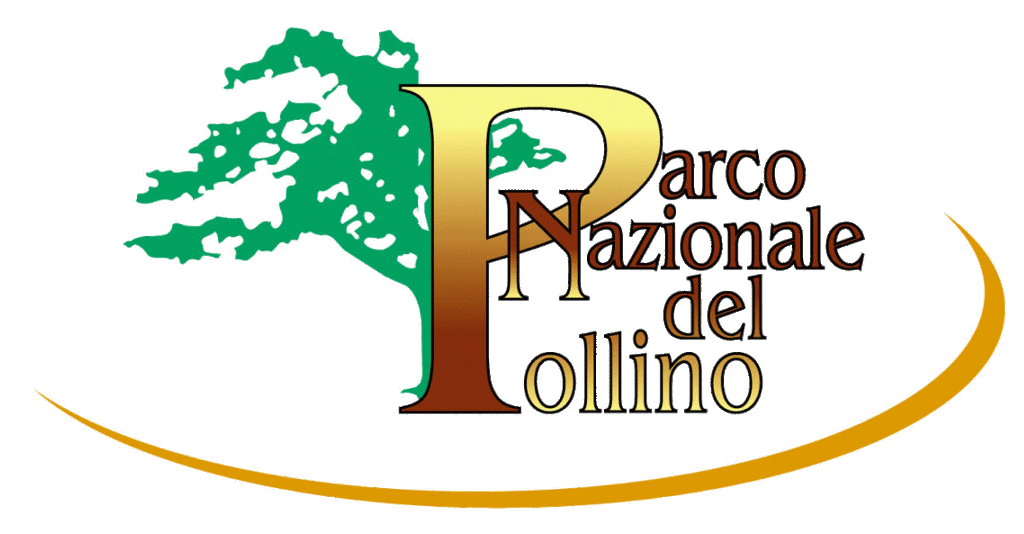I Salumi De Salvo fanno parte di tutti quei prodotti tipici autentici dei borghi della Basilicata e del Parco Nazionale del Pollino.Ci troviamo a Chiaromonte, paese situato a metà strada tra le meraviglie della costa di Maratea e la storia del Metapontino e dei Sassi di Matera.
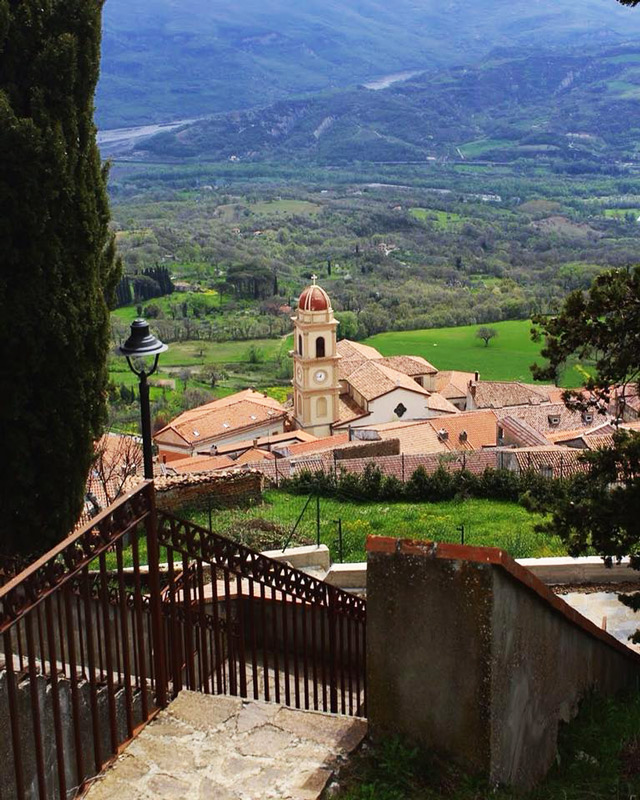
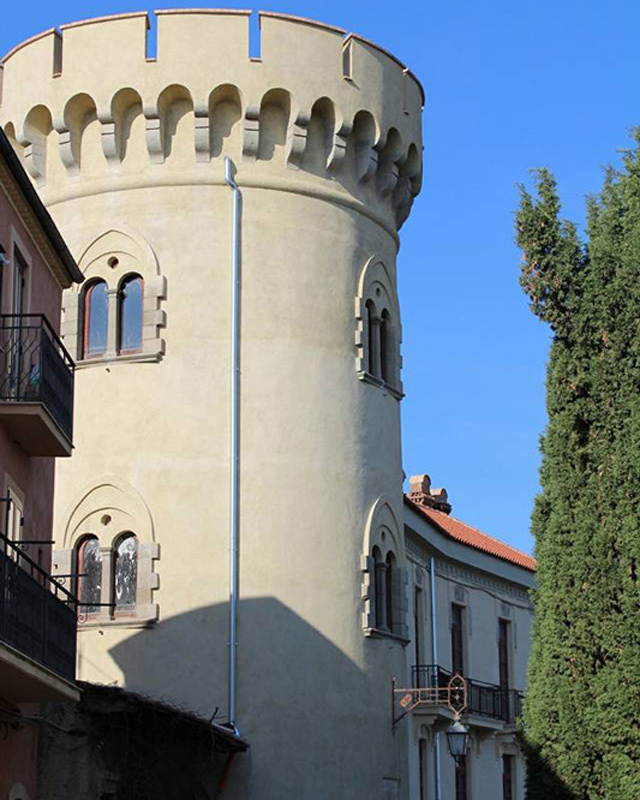
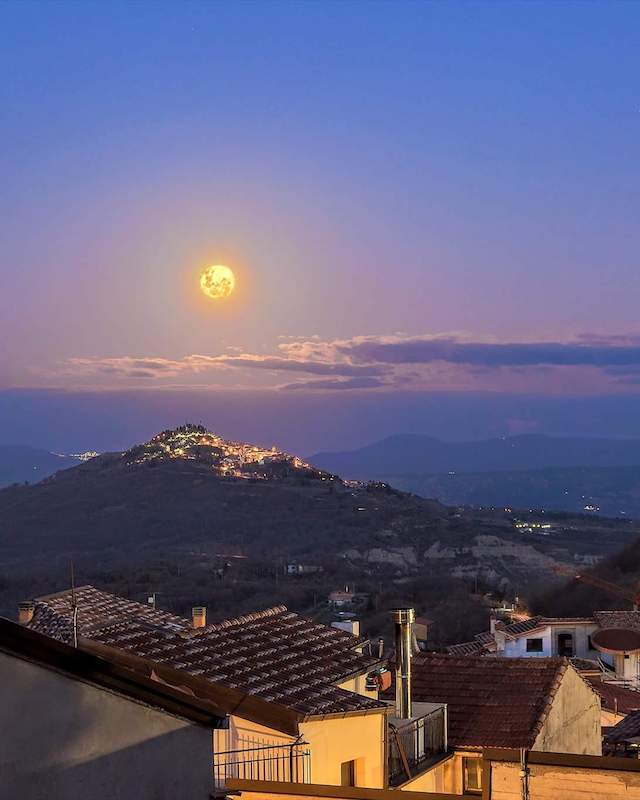
Among the oldest towns in Lucania , a town rich in history and tradition.
Its origins can be attributed to the Iron Age. Based on the many historical artifacts found in various parts of the town as a result of archaeological excavations,such as the tomb of an Italic warrior, there is evidence that the town was founded by Greek settlers around the 6th century B.C. Many of these artifacts have been placed and occupy a large part of the "National Archaeological Museum of Policoro," others are scattered in various national museums.
The historical significance that is still attributed to it today began to develop a little later when the feudal families Chiaromonte and Sanseverino took over, who built the castle (formerly a monastery) and the city wall, with cylindrical and square towers. Even today there are remains of the walls, such as "U'Purtiell" one of the gates to the fortified city, and remains of some towers in the "Towers of Spiga Park."The territory of the "County of Chiaromonte" came to cover much of the southern part of Basilicata, its borders reached the Ionian coast covering the territories of Policoro. The origins of the name are still debated. It probably derives from the Latin "Clarus Mons," referring to its dominant position. The town is situated on a rocky outcrop, the historic center is placed on the sum of it while the modern center extends toward the valley. ( visit the municipality's website )
Today Chiaromonte is part of the "Pollino National Park," in addition to the beauty of its alleys and monuments, it boasts a culinary tradition typical of southern Italy such as the exclusive use of the elder flowers in the preparation of various dishes, the miskiglio raskatielli a fresh pasta made from legume flours, and its typical vineyard the Guarnarcino from which an excellent wine has recently been made.
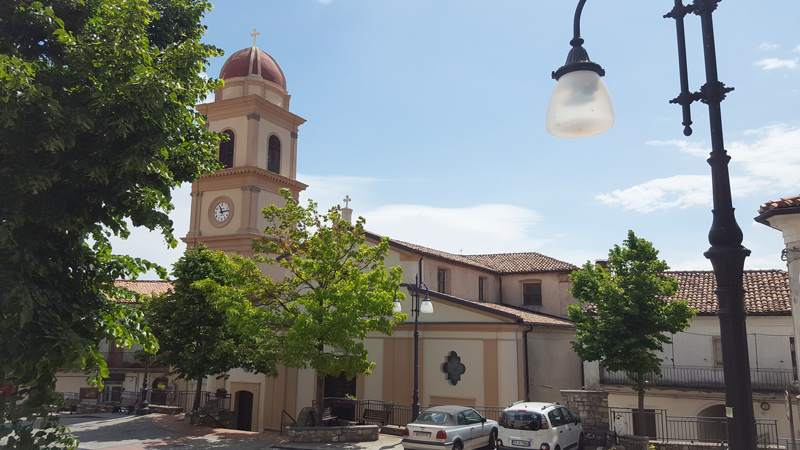
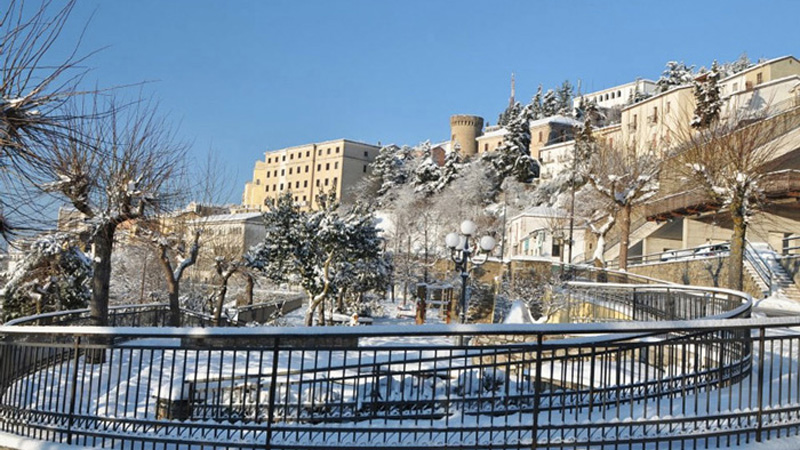
The main feature that makes the village, unique is the presence of numerous caves (nearly 600) carved into the rock.
Created by the old locals to store wine there; the temperature and humidity inside that remains more or less stable throughout the seasons makes them an ideal place for storage. Traditionally every family in the country owns one, and each of them handcrafts wine for private consumption or for the usual festivities organized in the same...
Over the past decade Chiaromonte has been trying to enhance this tradition by creating events. Il più importante avviene nel mese di agosto “IL Festival delle tradizioni Popolari”, vengono aperte alcune delle grotte , e seguendo un percorso tra i caratteristici viottoli , si possono degustare piatti tipici del luogo accompagnati da buon vino e musica popolare. ( Go to the Proloco website and find out more )
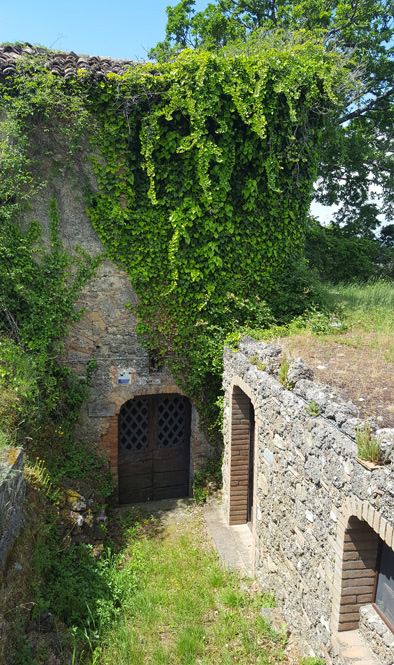
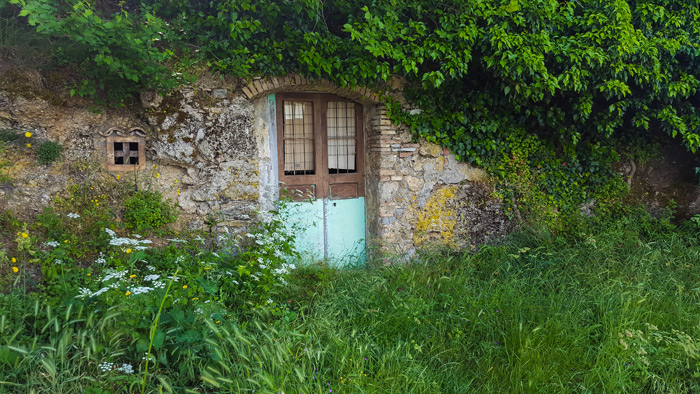
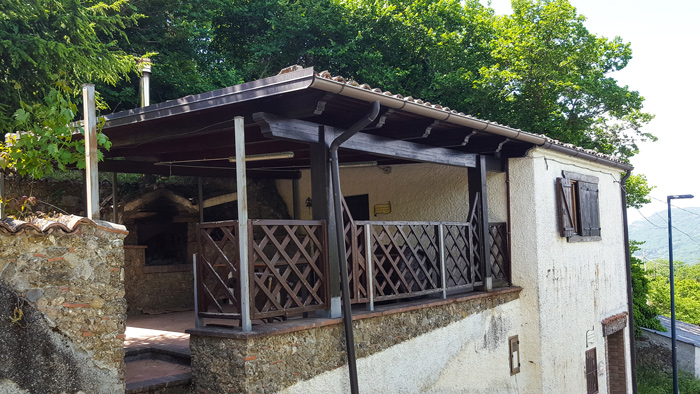
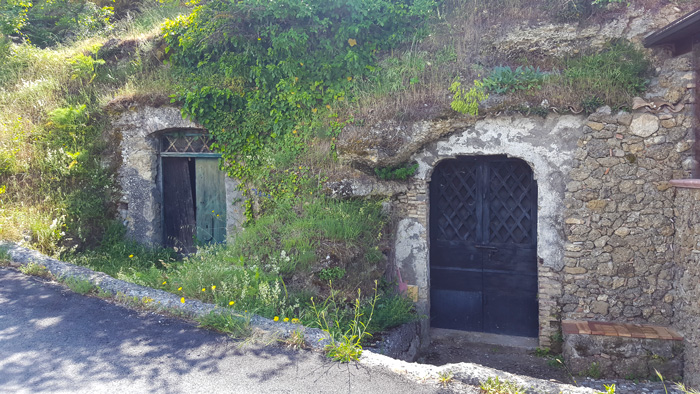
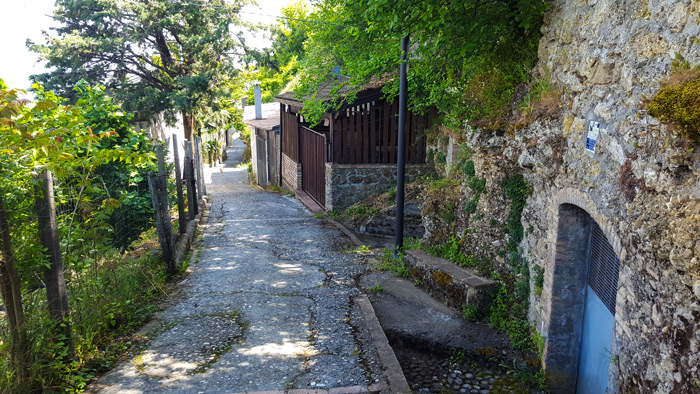
Chiaromonte is located in the heart of the Pollino National Park on the Lucanian side.
At 192,565 hectares, it is the largest national park in Italy.
Its peaks, among the highest in southern Italy, are covered with snow for many months of the year. From the peaks, with the naked eye, one can observe, to the west, the Tyrrhenian coasts of Maratea, Praia a Mare, Belvedere Marittimo, and, to the east, from Sibari to Metaponto, the Ionian coast.Nature and Man intertwine millennial relationships that the Pollino National Park, established in 1993, preserves and protects under its emblem, the loricate pine.
There are a total of 21 peaks in the park, 15 are in the Lucanian part.
the Serra Dolcedorme, which reaches
2mt


